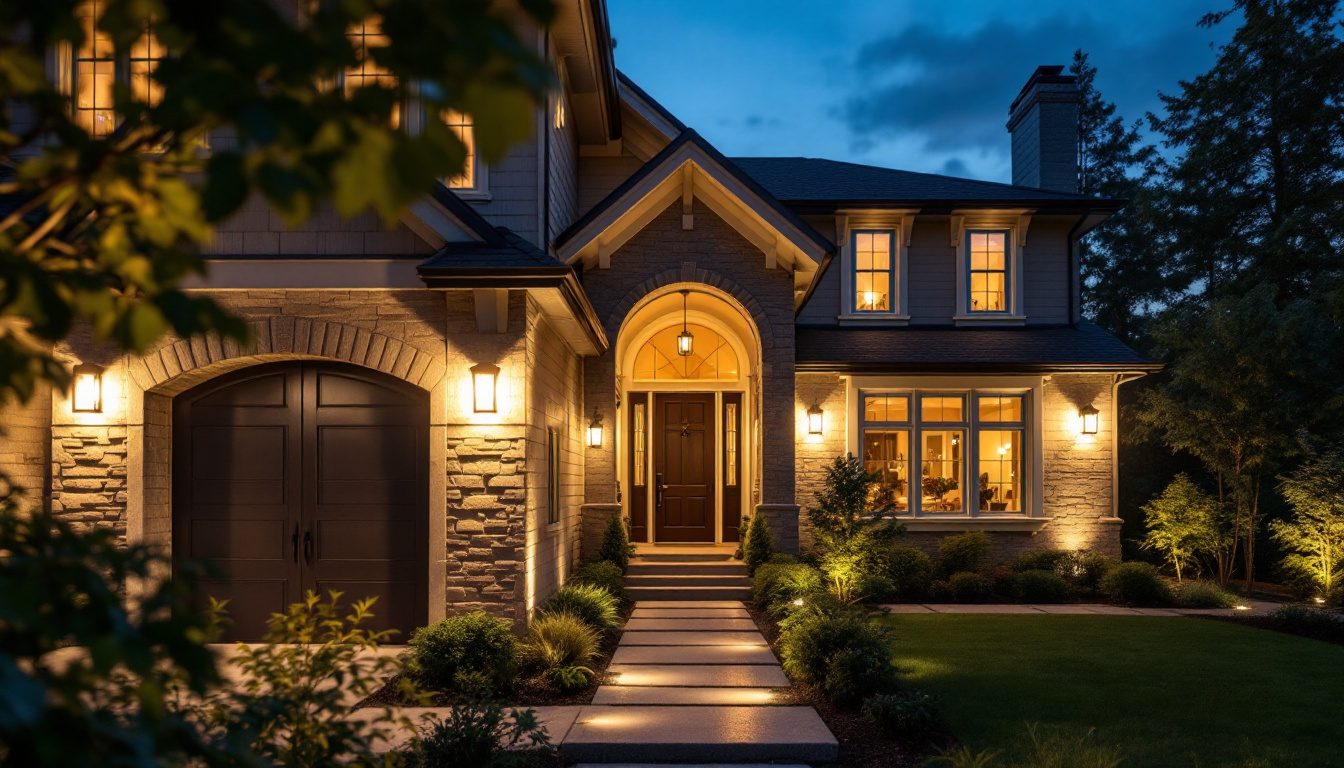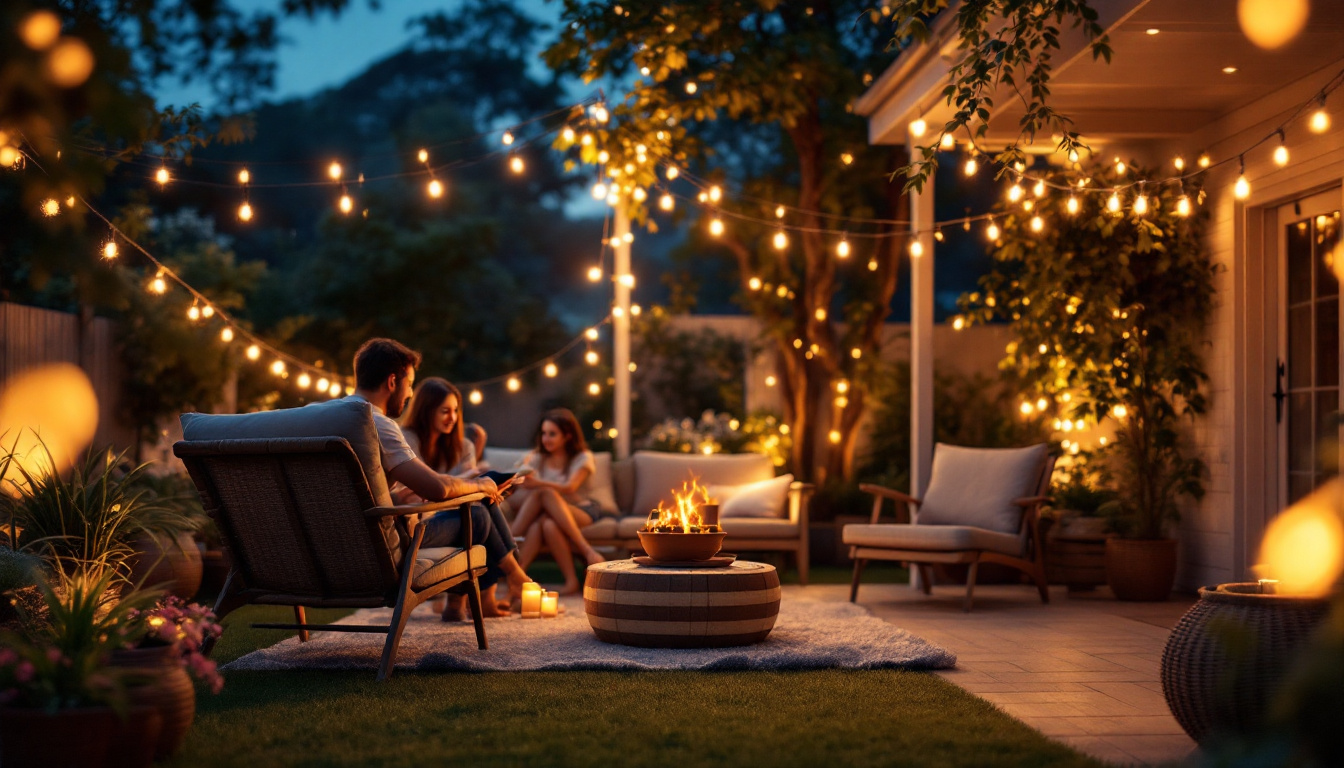
In the realm of lighting design and installation, ultraviolet (UV) lights and lamps have gained considerable attention for their unique applications and benefits. However, as with any specialized technology, there are pitfalls that can lead to costly mistakes if not approached with care. This article aims to provide insight into the effective use of UV lights and lamps, helping lighting contractors navigate potential challenges and maximize the benefits of their projects.
UV lights are categorized into three main types: UVA, UVB, and UVC. Each type serves distinct purposes and is employed in various industries, from healthcare to horticulture. Understanding these categories is crucial for lighting contractors to select the appropriate UV light for their specific project needs.
UVA lights are the least intense among the three types and are commonly used in applications such as curing inks and coatings. They are also utilized in tanning beds and certain types of black lights. UVB lights, while more intense, are primarily known for their role in stimulating vitamin D production in the skin. UVC lights are the most powerful and are primarily used for disinfection purposes, particularly in healthcare settings.
Each type of UV light has its own set of advantages and limitations. For instance, while UVC lights are effective in killing bacteria and viruses, they can also pose health risks to humans if not used properly. Therefore, understanding the specific application and the type of UV light required is essential for successful project execution.
UV lights are used in various applications, including water purification, air disinfection, and surface sterilization. In the agricultural sector, UV lights are employed to enhance plant growth and control pests. Additionally, they play a significant role in the food industry by ensuring hygiene and safety through disinfection processes.
For lighting contractors, recognizing the broad spectrum of UV applications can open new avenues for project opportunities. However, it is vital to match the right type of UV light with the intended application to avoid inefficiencies and potential hazards.
In the realm of water purification, UVC lights are particularly valuable due to their ability to inactivate microorganisms without the need for chemicals, making the process both environmentally friendly and efficient. This technology is increasingly being adopted in municipal water treatment facilities as well as in residential water filtration systems. Furthermore, the use of UV lights in air purification systems has gained traction, especially in the wake of global health concerns, as they can significantly reduce airborne pathogens, thus improving indoor air quality.
Moreover, the horticultural industry is witnessing a surge in the use of UV lights to optimize plant growth cycles. By simulating natural sunlight, UVA and UVB lights can enhance photosynthesis, leading to healthier plants and increased yields. Growers are now experimenting with different wavelengths and intensities to fine-tune their setups, demonstrating the versatility and potential of UV technology in modern agriculture. As research continues to unveil the benefits of UV lighting, its applications are likely to expand even further, paving the way for innovative solutions across various sectors.
When embarking on a lighting project that involves UV lights, several critical factors must be taken into account. These considerations can significantly impact the project’s success and help avoid costly mistakes.
One of the foremost considerations in any lighting project is adherence to safety regulations. UV lights, particularly UVC, can be harmful to human skin and eyes. Therefore, it is essential to follow guidelines set by organizations such as the Occupational Safety and Health Administration (OSHA) and the American National Standards Institute (ANSI).
Contractors should ensure that all installations comply with local, state, and federal regulations. This includes proper labeling of UV light fixtures, providing adequate shielding, and implementing safety protocols to minimize exposure risks. Failure to comply with these regulations can lead to legal repercussions and financial liabilities. Moreover, it is advisable to conduct regular training sessions for staff members who will be working with or around UV lighting systems. This training should cover the potential hazards associated with UV exposure, the importance of using personal protective equipment (PPE), and emergency procedures in case of accidental exposure.
Selecting the appropriate UV light equipment is crucial for achieving the desired outcomes. Contractors should consider factors such as the intensity of the UV light, the wavelength, and the specific application requirements. For instance, a UV light designed for disinfection may not be suitable for horticultural applications.
Additionally, investing in high-quality equipment can lead to better performance and longevity. While it may be tempting to opt for cheaper alternatives, the long-term costs associated with frequent replacements or ineffective performance can outweigh initial savings. Furthermore, it is beneficial to stay updated on technological advancements in UV lighting. Newer models may offer enhanced efficiency, energy savings, and improved safety features, making them a worthwhile investment for any lighting project.
Proper installation techniques are vital to ensure the effectiveness and safety of UV lighting systems. This includes positioning the lights at the correct distance from the surfaces they are intended to disinfect or illuminate. Inadequate positioning can result in uneven exposure, leading to ineffective outcomes.
Moreover, contractors should ensure that all electrical connections are secure and that the fixtures are installed in a manner that allows for easy maintenance and accessibility. Regular maintenance checks are essential to ensure that the UV lights are functioning optimally and safely. Additionally, documenting the installation process can be invaluable for future reference. Detailed records can help in troubleshooting any issues that arise and can assist in planning for upgrades or replacements as technology evolves. It’s also wise to consider the environmental impact of UV lighting systems, including energy consumption and the disposal of old equipment, to promote sustainability in lighting projects.
Even experienced lighting contractors can fall prey to common mistakes when working with UV lights. Awareness of these pitfalls can help mitigate risks and enhance project outcomes.
One of the most significant mistakes is underestimating the risks associated with UV exposure. Contractors must educate themselves and their teams about the potential hazards of UV light, especially UVC. Proper training and safety measures should be implemented to protect workers and end-users.
Additionally, providing clear signage and instructions in areas where UV lights are used can help raise awareness and promote safety. Ignoring these precautions can lead to health issues and liability claims.
Another common mistake is neglecting the maintenance of UV lighting systems. Over time, UV lamps can lose their effectiveness due to factors such as dust accumulation or degradation of the lamp itself. Regular maintenance checks should be scheduled to ensure that the lights are functioning correctly and providing the intended benefits.
Implementing a maintenance schedule can also help identify issues early on, preventing costly repairs or replacements down the line. This proactive approach not only enhances the longevity of the equipment but also ensures optimal performance.
Lighting contractors often focus on the technical aspects of installation but may overlook the importance of educating clients about UV lighting systems. Clients should be informed about how to use the systems safely and effectively, as well as the benefits and limitations of UV lights.
Providing clients with comprehensive information can foster trust and satisfaction, leading to positive referrals and repeat business. Additionally, well-informed clients are more likely to appreciate the value of the services provided, reducing the likelihood of misunderstandings or dissatisfaction.
The field of UV lighting is continually evolving, with new technologies and applications emerging regularly. Staying informed about these trends can help lighting contractors remain competitive and offer innovative solutions to their clients.
Recent advancements in UVC technology have led to more efficient and safer disinfection methods. New lamp designs, such as low-pressure mercury lamps and LED-based UVC systems, are gaining popularity due to their energy efficiency and reduced environmental impact.
These advancements not only enhance the effectiveness of disinfection processes but also contribute to sustainability efforts. Contractors who stay abreast of these developments can offer cutting-edge solutions that meet the growing demand for environmentally friendly practices.
Another trend is the integration of UV lighting systems with smart technology. Smart UV lights can be controlled remotely, allowing for precise management of exposure times and intensities. This capability enhances the effectiveness of UV applications while providing convenience and flexibility for users.
Contractors should consider incorporating smart technology into their UV lighting projects, as it can significantly enhance user experience and operational efficiency. Additionally, clients are increasingly seeking smart solutions, making this an attractive selling point.
UV lights and lamps offer a plethora of benefits across various applications, but they also come with their own set of challenges. By understanding the different types of UV lights, adhering to safety regulations, and avoiding common mistakes, lighting contractors can successfully navigate the complexities of UV lighting projects.
As the industry continues to evolve, staying informed about emerging trends and advancements will be crucial for contractors looking to remain competitive. By prioritizing safety, education, and innovation, lighting professionals can ensure the successful implementation of UV lighting systems, ultimately leading to satisfied clients and successful projects.
In conclusion, while UV lights present unique opportunities in lighting design, careful consideration and planning are essential to avoid costly mistakes. By following best practices and staying informed, lighting contractors can harness the full potential of UV technology in their projects.
Ready to elevate your lighting projects with the best UV lights and lamps in the industry? Look no further than LumenWholesale, where we provide contractors with exceptional, spec-grade lighting products at unbeatable wholesale prices. Our commitment to quality and affordability means you can confidently tackle any project, knowing you’re backed by reliable and high-performance lighting solutions. Plus, with free shipping on bulk orders, you’ll enjoy the ultimate convenience without any hidden costs. Don’t let avoidable mistakes compromise your work. Choose LumenWholesale for the perfect blend of quality, value, and convenience. Wholesale Lighting at the Best Value is just a click away.

Explore the rising significance of exterior wall lights in the lighting industry.

Discover how lighting contractors can streamline their projects with expert tips on selecting and installing outdoor lighting for homes.

Discover the transformative potential of LED string lights in modern lighting design.

Discover innovative cost-saving strategies for lighting contractors focusing on LED tube bulbs.